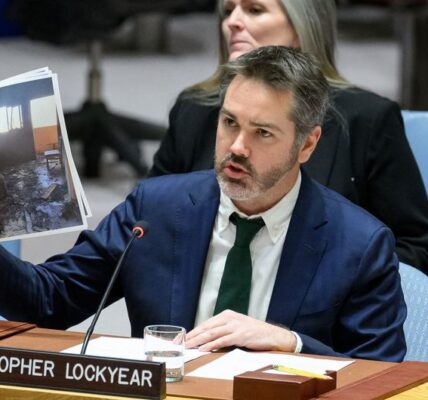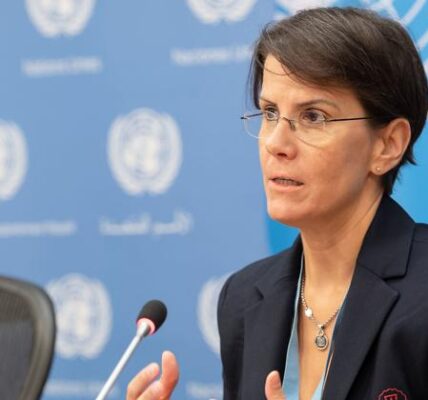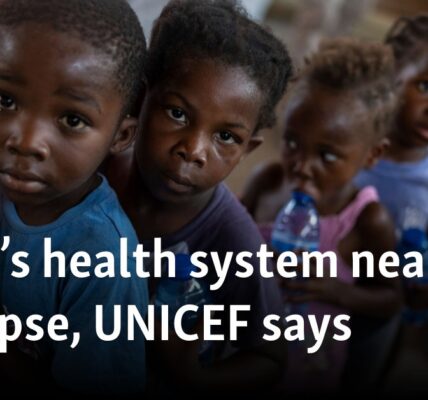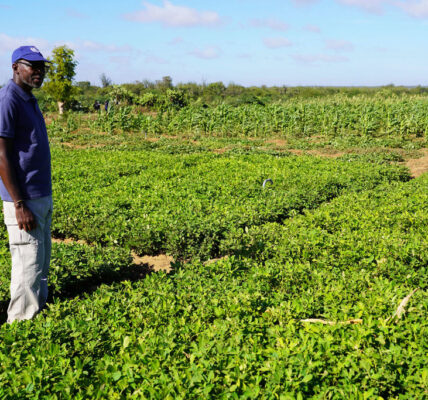It is crucial for regional efforts to be made in order to address the increase in migration through Central America.
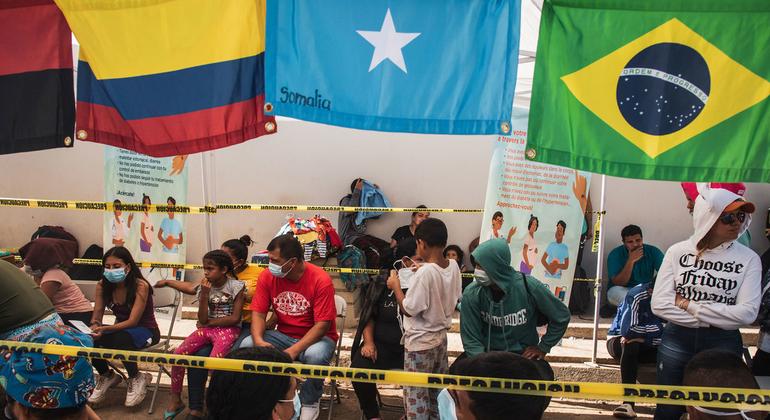
Michele Klein Solomon, Regional Director for Central America, North America, and the Caribbean at IOM, emphasized the pressing necessity for governments in countries of origin, transit, and destination to come together and offer humanitarian aid to vulnerable populations, such as women and children. This situation highlights the need for immediate collective action.
Perilous journeys
The IOM provided data that highlights the severity of the issue, stating that the National Migration Service of Panama recorded a high number of migrants passing through the dangerous Darién jungle from Colombia this year.
As of September 23, over 390,000 individuals have embarked on the dangerous journey, with 82,000 of them crossing in August alone – the largest monthly number ever recorded. The majority originate from Venezuela, Ecuador, and Haiti.
In addition to the increase in figures, the International Organization for Migration (IOM) reported a notable change in migration patterns. Cuban and African migrants are now opting to fly to Central America instead of taking the Darién route.
During the first seven months of this year, the number of migrants from Africa who crossed the Darién decreased by 65%, with only 4,100 individuals making the journey. This is a significant drop compared to the same time frame in 2022.
On the other hand, there was a significant rise of 553% in the number of people arriving from Africa in Honduras, with 19,412 individuals crossing through its southern border. In contrast, there were only 524 Cubans reported in the Darién during this time frame, while 17,157 entered Honduras by land.
Danger all around
According to IOM, individuals traveling through Central America and Mexico encounter many obstacles, with the Darién jungle being particularly perilous.
Migrants have suffered injuries, been left behind on muddy slopes, or carried away by unexpected floods in rivers. They are also at risk of being robbed, experiencing violence, and facing sexual abuse.
Migrant families in the countries along the route often experience hunger, homelessness, and have no choice but to beg. Additionally, they may also face health problems such as diarrhea and dehydration.
The IOM oversees migration patterns and offers essential aid and knowledge in Colombia, Central America, and Mexico. They distribute hygiene products, food, protection, and healthcare services to those in need.
The staff members also provide aid with voluntary repatriation efforts, help with building and maintaining necessary structures and housing, and conduct awareness campaigns to combat misinformation and warn migrants of potential dangers.
Collaboration and support
The IOM has cautioned that, despite the efforts of countries through which refugees are passing, United Nations agencies, and aid groups, there is a limited ability to provide crucial assistance.
The organization clarified that reasons for migration are multifaceted, spanning from financial and societal influences to ecological and governmental hurdles.
The COVID-19 pandemic, along with severe weather events and political unrest in countries of origin, has exacerbated many issues.
Marcelo Pisani, the Regional Director for South America at IOM, stated that the issues surrounding migration are too immense for any individual nation in the Americas to handle on their own.
IOM supports the Global Compact on Migration by promoting a comprehensive and collaborative regional approach. It also stands firmly behind efforts that uphold international humanitarian responsibilities, sustainable development goals, and the basic human rights of individuals who are migrating.
Source: news.un.org
